Urban gardening is about making the most of your available space—and that doesn’t stop when you’ve finished planting. Come harvest time, knowing exactly when and how to pick your individual crops is just as important as growing them. In tight urban spaces, timing and technique can sometimes make or break your next harvest cycle. This Urban Harvesting Guide will walk you through everything you need to know to harvest effectively in gardens growing in small spaces, whether it’s on balconies, rooftops or even on the windowsill.
🕰️ Understanding the Timing in Your Urban Harvesting Guide
In urban gardens, where every square foot counts, harvesting when the time is right will ensure:
- Maximum flavor
- Longer plant productivity
- Efficient use of limited growing space
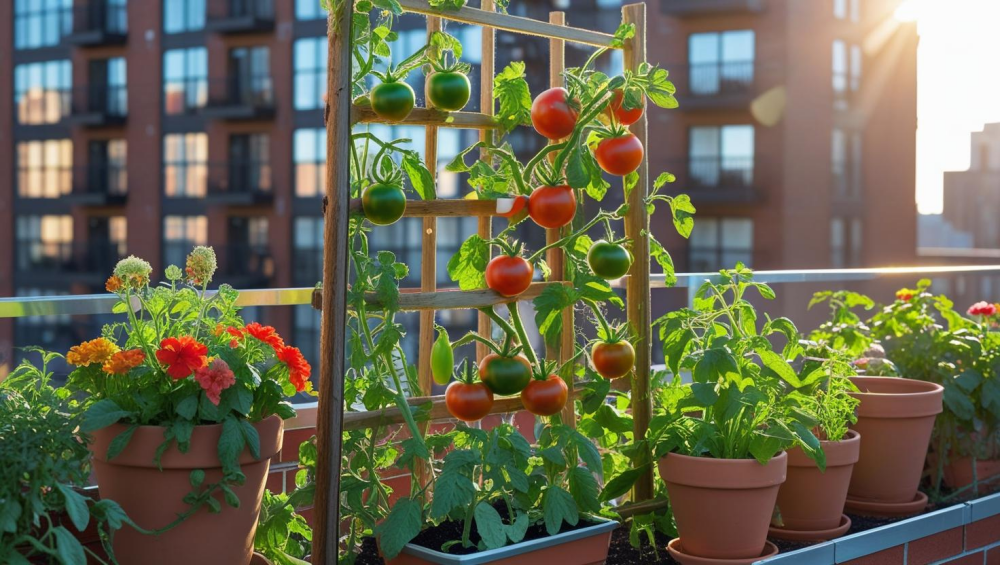
🌆 Urban-Specific Challenges
There are many unique challenges when growing your crops in a city environment, they include:
- Heat islands from concrete and asphalt surfaces can accelerate ripening.
- Reflective surfaces can amplify heat and light, stressing plants.
- Limited airflow may increase the chance of bolting in leafy greens.
Being aware of these microclimate effects helps you better time your harvest and plan your planting cycles.
👀 Recognizing the Perfect Moment in Your Urban Harvesting Guide
Each type of plant offers visual and tactile cues for harvesting. Here are the basics:
🥬 Leafy Greens
- Harvest when outer leaves reach 4–6 inches long.
- Pick the outer leaves and leave the center intact for continued growth.
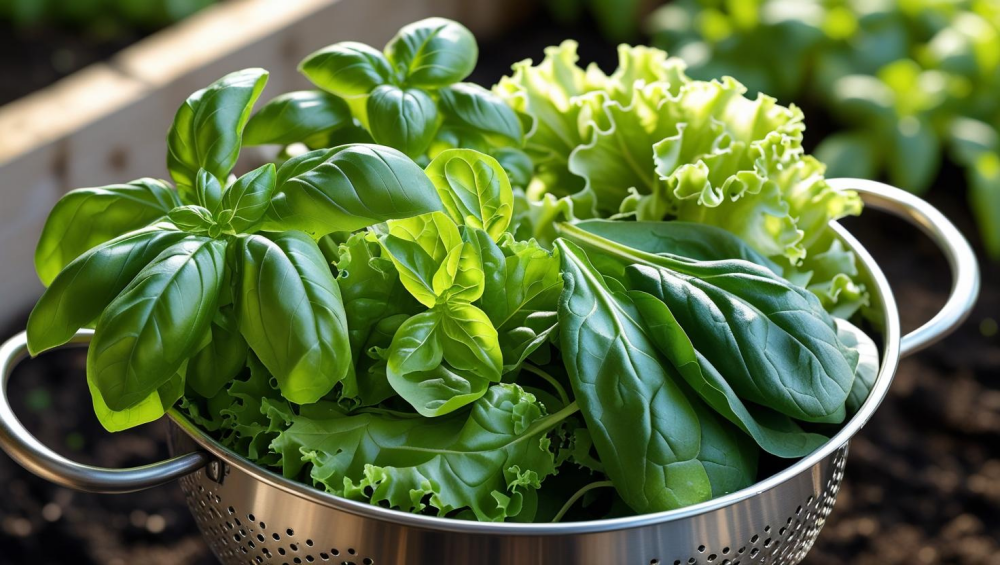
🌿 Herbs
- Snip just before flowering to get peak flavor and aroma.
- Trim frequently and avoid taking more than 1/3 of the plant.
🍅 Tomatoes & Peppers
- Look for consistent color, slight firmness, and gentle release from the stem.
- For tomatoes, vine-ripening enhances flavor when possible.
🌱 Microgreens & Sprouts
- Harvest 7–14 days after sowing, once true leaves appear.
- Cut cleanly above the soil line with scissors.
🥕 Root Crops (e.g., radishes, carrots, beets)
- Shoulders may be visible above the soil when mature.
- Gently check size by loosening soil and inspecting the top of the root.
✂️ Gentle Harvesting Techniques: Protecting Your Plants
Always use the right tools and techniques to minimize stress on your plants, especially in containers:
- Always use clean, sharp scissors or pruning snips.
- Clip just above a leaf node to promote regrowth.
- Avoid pulling or twisting stems, which can damage shallow root systems.
- Handle plants gently and harvest regularly in small amounts to maintain production.
- To prolong herb productivity, snip off any emerging flower buds right away. This prevents bolting and encourages continued leafy growth.
🧰 Equipped for Success: Urban-Friendly Harvest Tools & Tips
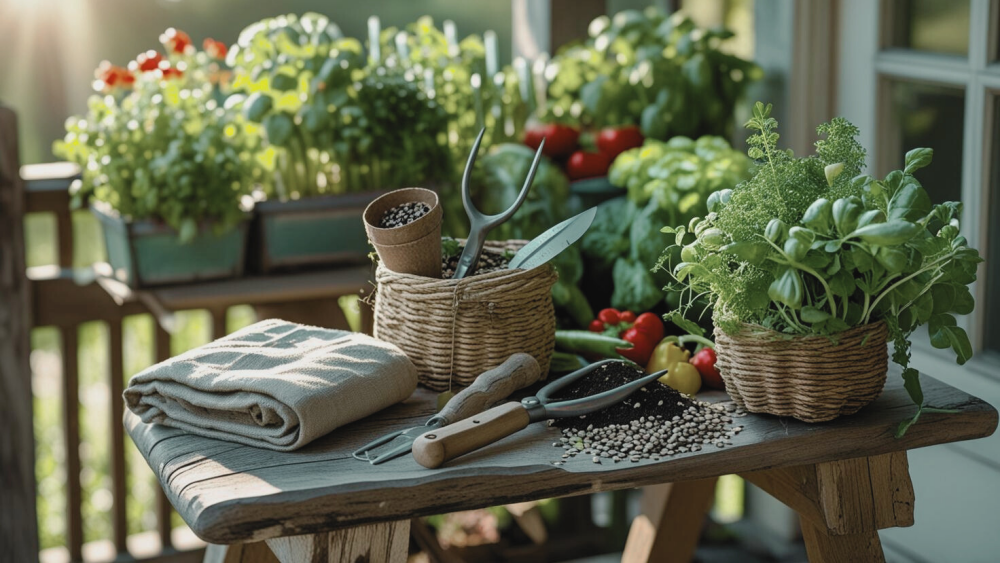
Urban gardening doesn’t require a lot of gear. These tools are ideal for small spaces:
- Precision scissors for clean cuts
- Mini harvest baskets or colanders
- Catch bins for collecting leaves and clippings
- Soft cloths or handheld vacuums for microgreen cleanup
- Collapsible drying racks for indoor herb drying
Keeping tools clean helps reduce the risk of spreading plant diseases.
🍽️ Making Use of Your Bounty: From Kitchen to Crop Cycle
Here are a few practical strategies to help make the most of your harvest:
🍳 Quick Kitchen Uses
- Infuse oils with herbs for longer shelf life
- Sauté greens for quick, healthy meals
- Freeze herbs in ice cube trays with water or oil
🧊 Storage Tips for Small Spaces
- Store herbs upright in mason jars with water
- Use cloth produce wraps or perforated bags for greens
- Freeze excess produce in stackable freezer bags
♻️ Keep the Cycle Going
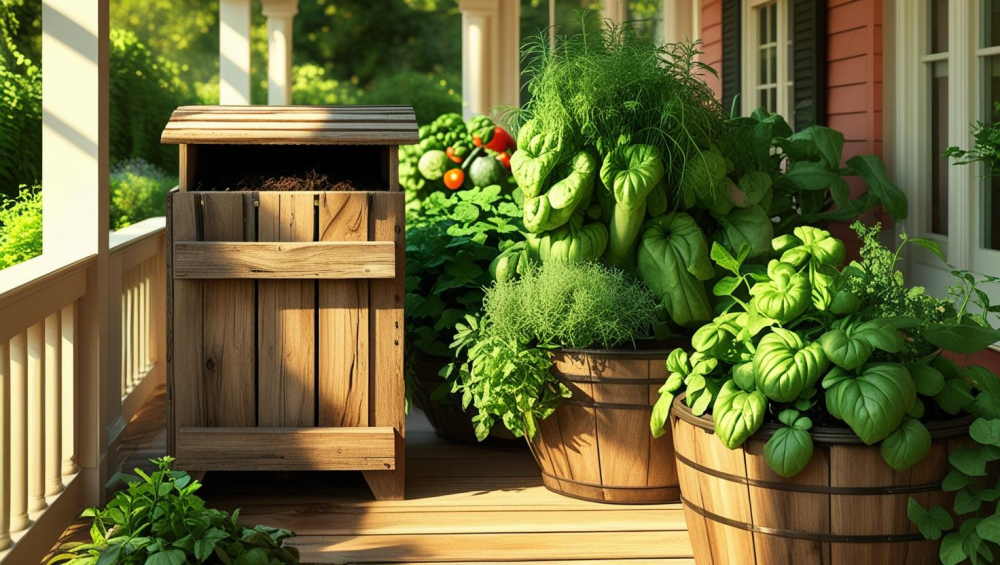
- Add compost to refresh containers
- Replant fast-growing crops like lettuce or basil
- Rotate crops to avoid nutrient depletion
- Compost harvest waste at home—leaf trimmings, stems, and spoiled produce can be turned into nutrient-rich compost for your next planting cycle. Even in small spaces, options like bokashi bins, worm composters, or compact countertop composters make it easy to close the loop and reduce food waste.
📥 Bonus: Downloadable Urban Harvest Cheat Sheet
Need a quick reference? Download our 1-page harvest cheat sheet, which includes:
- Readiness signs for common crops
- Suggested tools for each type
- Storage and kitchen tips for urban spaces
🔽 Click here to download the free cheat sheet PDF
🎥 Watch Next: 5 Ways to Grow More in Less Space – YouTube Video


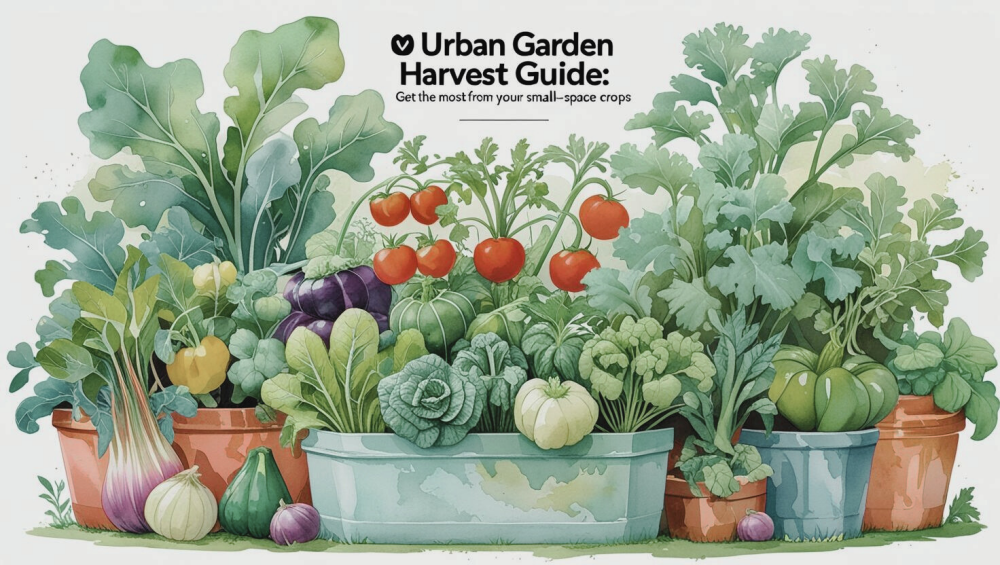
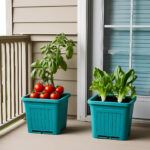
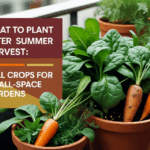
This was such a helpful read—thank you!
I have a small backyard garden where I grow a mix of leafy greens, herbs, tomatoes, and even a few root crops in raised beds and containers. I try to be mindful about when to harvest, but I’m realizing now that I may have been picking some herbs a little late, especially basil and parsley.
Do you have any tips for timing multiple harvests so that everything doesn’t mature all at once in a small space? Also, how do you deal with herbs that start bolting too quickly in this heat? I’d love to hear more about how you manage succession planting in an urban setup.
Thanks again for this guide—definitely bookmarking it
Thank You. I’m in the process of writing about what to plant after afte the summer harvest